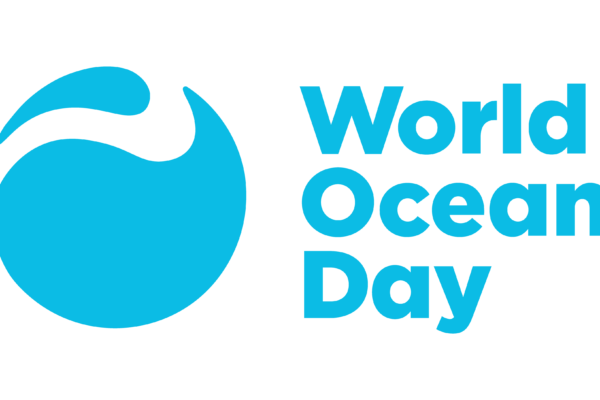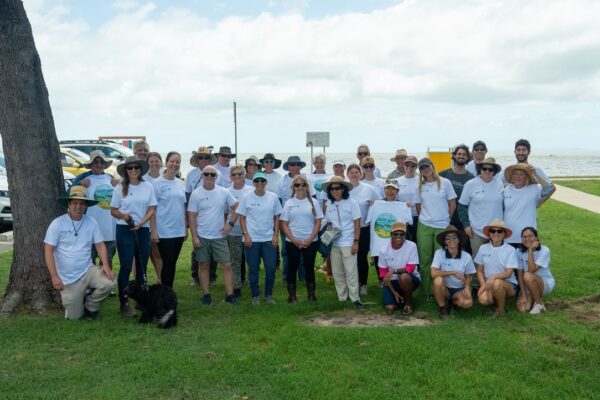The Los Angeles Times reports that in recent years, researchers combing remote crannies of Chile’s elongated coast have confirmed the presence of two seasonally resident populations of whales, including 100 to 150 humpbacks in the glacier-rimmed Strait of Magellan.
Farther to the north, closer to the seas once frequented by Mocha Dick, they’ve tracked several hundred blue whales, believed to be Earth’s largest animal, at 100 feet long and more than 100 tons — bigger than any dinosaur. A separate population of blue whales feeds off the central California coast between June and October.
“The likelihood is that they were not completely hunted out, and these are remnant populations,” says Bruce Mate, who heads the Marine Mammal Institute at Oregon State University and who worked to tag Chilean blue whales and track them via satellite. “It just wasn’t commercially viable to hunt till the very last whale.”
The bleached bones of butchered whales, sea lions, elephant seals and other ocean mammals still litter some Patagonian beaches like driftwood. Forest and surf have reclaimed whaling stations such as the long-abandoned plant at Eagles’ Bay (Bahia de los Aguilas), not far from Cape Froward, the southernmost point on the South American mainland.
Though encouraged, conservationists say it’s too early to celebrate the comeback of a creature pursued to the verge of extinction. Oil from sperm and right whales hunted off Chile’s coast was once a prized staple, a globalized commodity with parallels to today’s petroleum.
Read the complete story.



